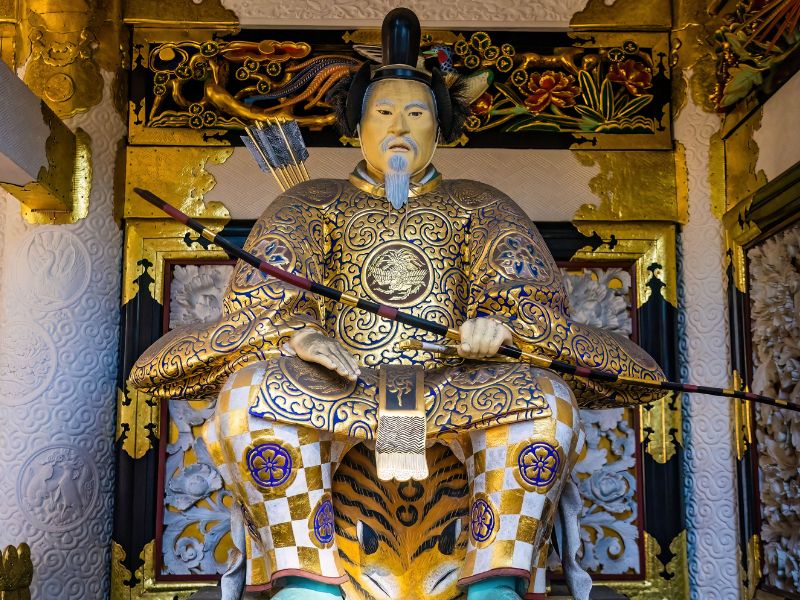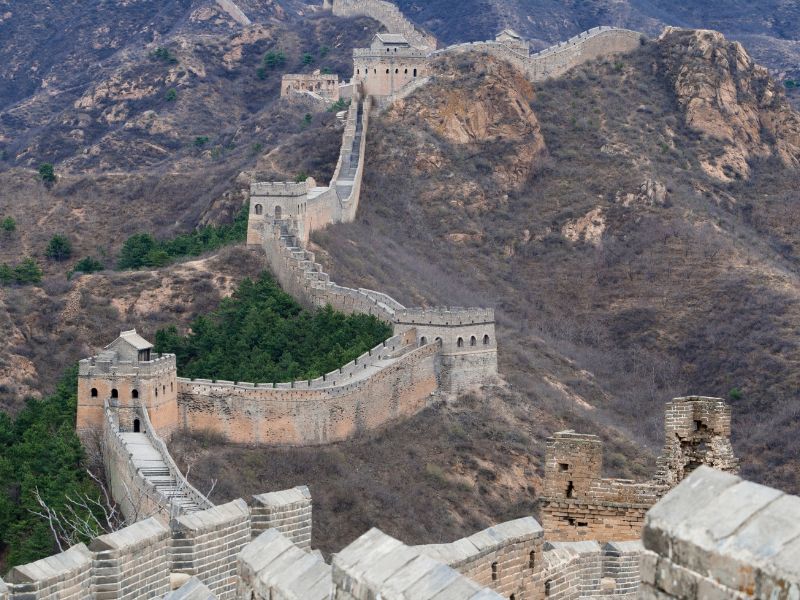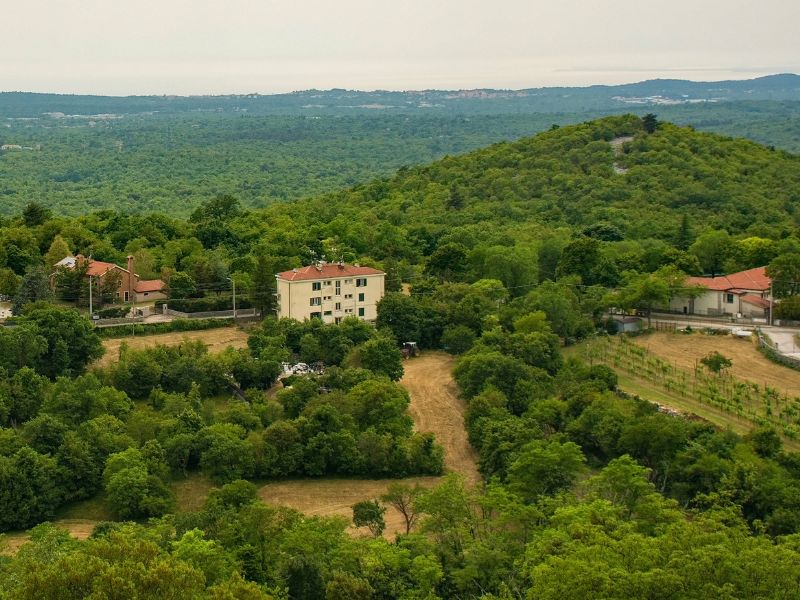The Great Wall of China has long been the object of admiration the world over. This ancient series of fortificaThe Great History of the Great Walltions and walls located in northern China runs for a length of a whopping 13,000 miles.
Dubbed the country’s most recognizable symbol of its vivid and long history, Emperor Qin Shi Huang originally conceived the concept of the Great Wall during the 3rd century BC. Back then, its purpose was to prevent invasions of the barbarian nomads.
The best-preserved and most popular section of the Great Wall was constructed during the Ming dynasty from the 14th to the 17th centuries AD. Even though the Great Wall didn’t make an effective job of preventing the entry of invaders into China, it still served as a powerful symbol of the enduring strength of the Chinese civilization.
Let’s take a trip down memory lane and get a good look at the early beginnings of the long history of the Great Wall.
Table of Contents
Construction During Qin Dynasty
Although the wall’s original beginning is often traced to the 5th century BC, the majority of its fortifications date as far back as hundred years earlier. It was when China was still divided during the so-called Warring States Period into several individual kingdoms.
The first emperor of united China under the Qin Dynasty, Qin Shi Huang, ordered the removal of the earlier fortifications that separate the states around 220 BC. The emperor also ordered joining some of the existing walls along the border to the north into one system that would extend for over 10,000 li or approximately one-third of a mile. All of this was in an attempt of protecting China from the north’s attacks and invasions.
No building projects by other civilizations were as ambitious as the construction of the 10,000-Li-Long Wall or Wan Li Chang Cheng. Meng Tian, the renowned Chinese general, initially supervised the project and was even believed to have used a colossal army of commoners, soldiers, and convicts as workers.
Made mainly of stone and earth, the wall stretched from Shanhaiguan port in the China Sea to more than 3,000 miles west to the province of Gansu. There are also several strategic areas where wall sections even overlapped for enhanced security. These include the Badaling stretch located just north of Beijing which was later on restored during the era of the Ming Dynasty.
Building from the initial base of 15 to 50 feet, the wall rose higher with 15 to 30 feet more, topped with ramparts standing at 12 feet or higher. Guard towers also dot the length of the wall at intervals.

6 Places to Visit to Learn More about Japan History
Japan is currently dubbed as one of the world’s best commercial centers and is a favorite tourist destination for many good reasons. The country also serves as the home to numerous historical sites that will give you a glimpse of the distant past. If you want to discover more about Japan history, below are some of the places you should add to your bucket list.
The Great Wall Through the Centuries
When the Qin Dynasty came to an end and Qin Shi Huang died, most parts of the wall also fell into bad shape. After the later Han Dynasty also ended, several frontier tribes took control of northern China. The Northern Wei Dynasty was the most powerful of them all. They extended and repaired the existing wall to ward off the other tribes from attacking.
The Bei Qi kingdom repaired and built over 900 miles of the wall, while the effective albeit short-lived Sui Dynasty extended and repaired it several times.
After the Sui fell and the Tang Dynasty took over, the important role of the wall as a fortification no longer remained, with China defeating the north’s Tujue tribe and expanding beyond the original frontier that the wall protected.
When the Song Dynasty came, the Chinese were left with no choice but to withdraw under threat from the north’s Jin and Liao peoples who conquered numerous areas on the two sides of the wall. The powerful Mongol or Yuan Dynasty founded by Genghis Khan was soon in control of the entire country, as well as sections of Europe (https://www.travel-rs.com/europe/) and parts of Asia.
Although the Mongols didn’t deem the Mongols that important as a military fortification, there were still soldiers assigned to man it to protect caravans and merchants traveling along the acclaimed lucrative trade routes of the Silk Road that was formed during this era.
Wall Construction during Ming Dynasty
Even with its long history, China’s acclaimed wall that exists to this day was built mainly during the period of the mighty Ming Dynasty.
The early Ming rulers, just like the Mongols, weren’t too keen to build border fortifications, with the construction of the wall limited before the latter part of the 15th century. Yongle, the Ming emperor, proclaimed Beijing as the new capital of China in 1421. It was located on the site of Dadu, which was once a Mongol city.
The culture of China flourished under the Ming rulers’ strong hand, with the period seeing a massive amount of construction such as pagodas, temples, and bridges in addition to the Great Wall.
It was in 1474 when the Great Wall that everyone knows to this day was constructed for the first time. After the early phase of expansion for territorial purposes, the Ming rulers took a mostly defensive stance, and their secret to this strategy was their extension and reformation of the wall.
The wall built by the Ming extended from Liaoning Province’s Yalu River to Gansu Province’s Taolai River’s eastern bank. It also winded its way to the west from the east through present-day Beijing, Gansu, Hebei, Inner Mongolia, Liaoning, Ningxia, Shaanxi, Shanxi, and Tianjin.
The wall, starting west of the Juyong Pass, was divided into north and south lines, called the Outer and Inner Walls respectively. Strategic passes or fortresses as well as gates were put up along it. The Zijing, Daoma, and Juyong passes that were near Beijing were called the Three Inner Passes.
Meanwhile, those further west were known as the Three Outer Passes made up of Plantou, Ningwu, and Yanmen. All these six passes were heavily garrisoned throughout the Ming dynasty and regarded as critical to the capital’s defense.
The history of the Great Wall of China was as long and winding as the wall itself, making it a significant structure not only in China but even in the whole world.

















